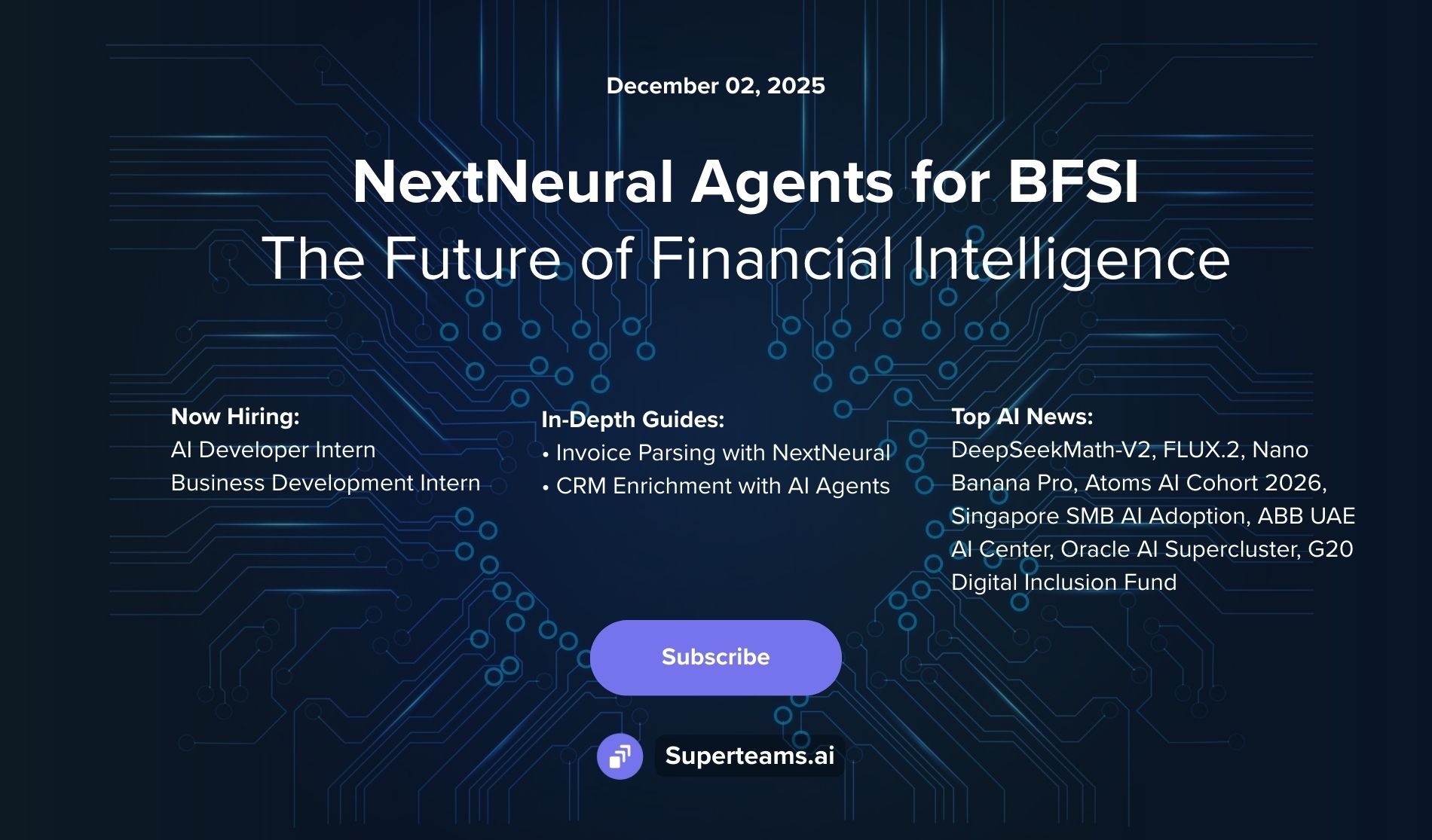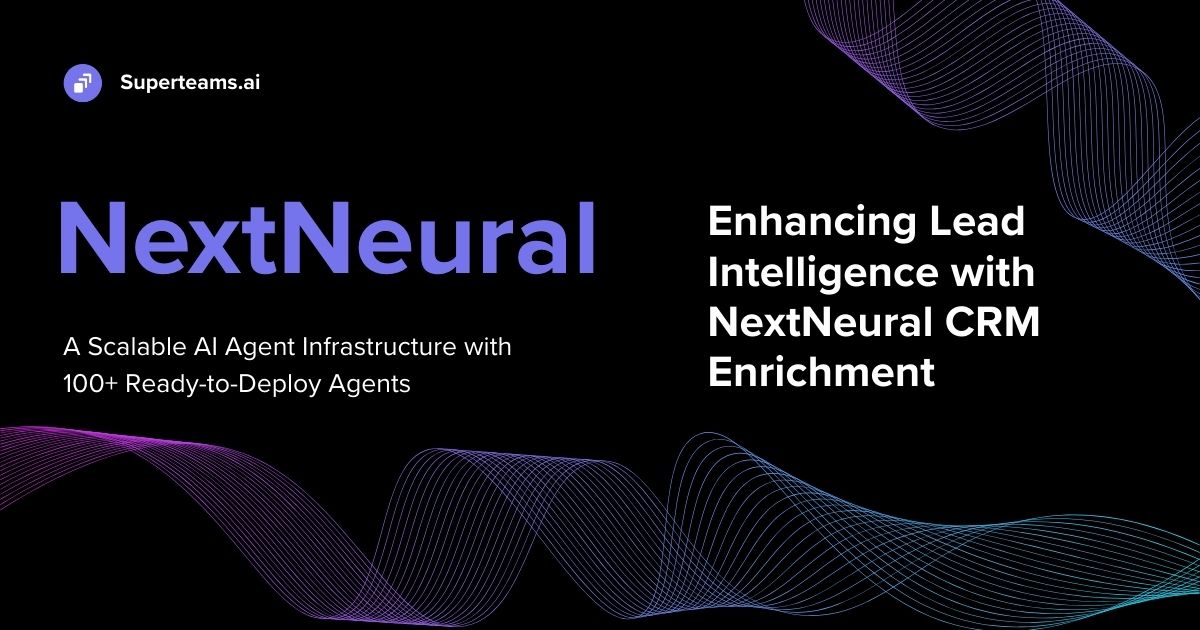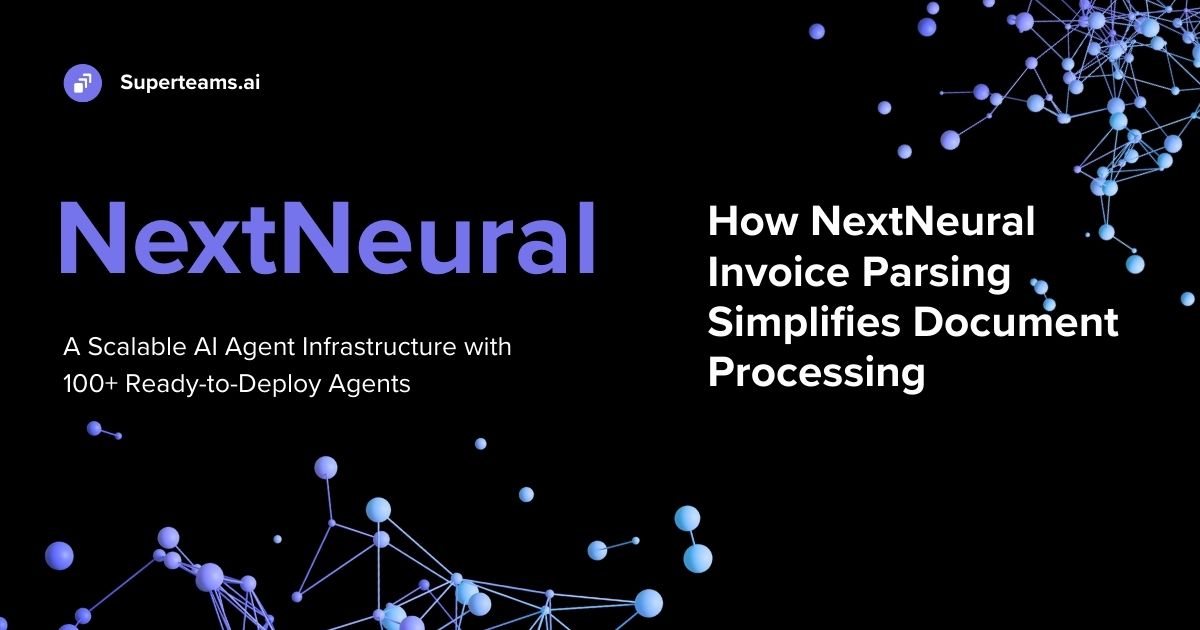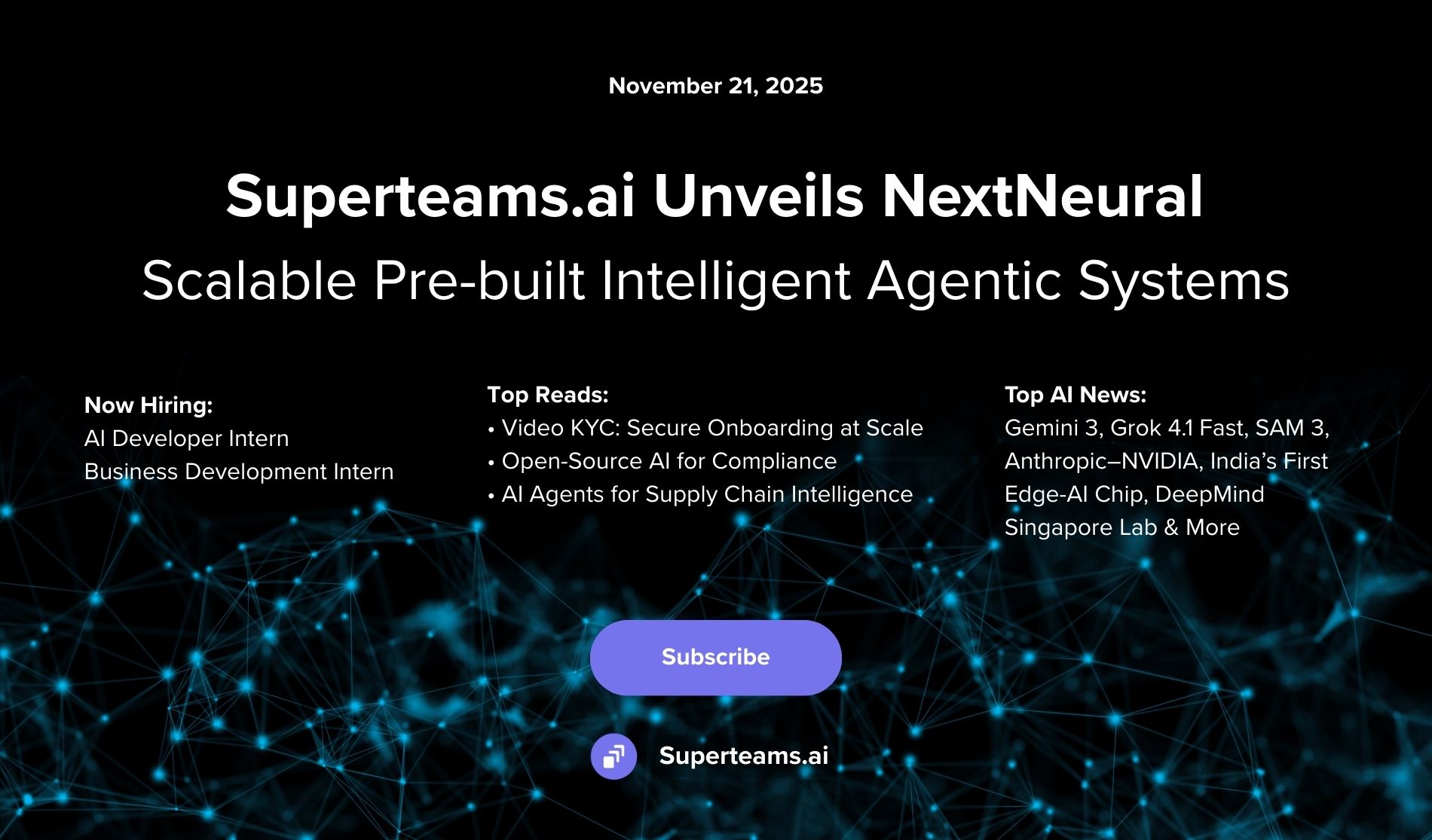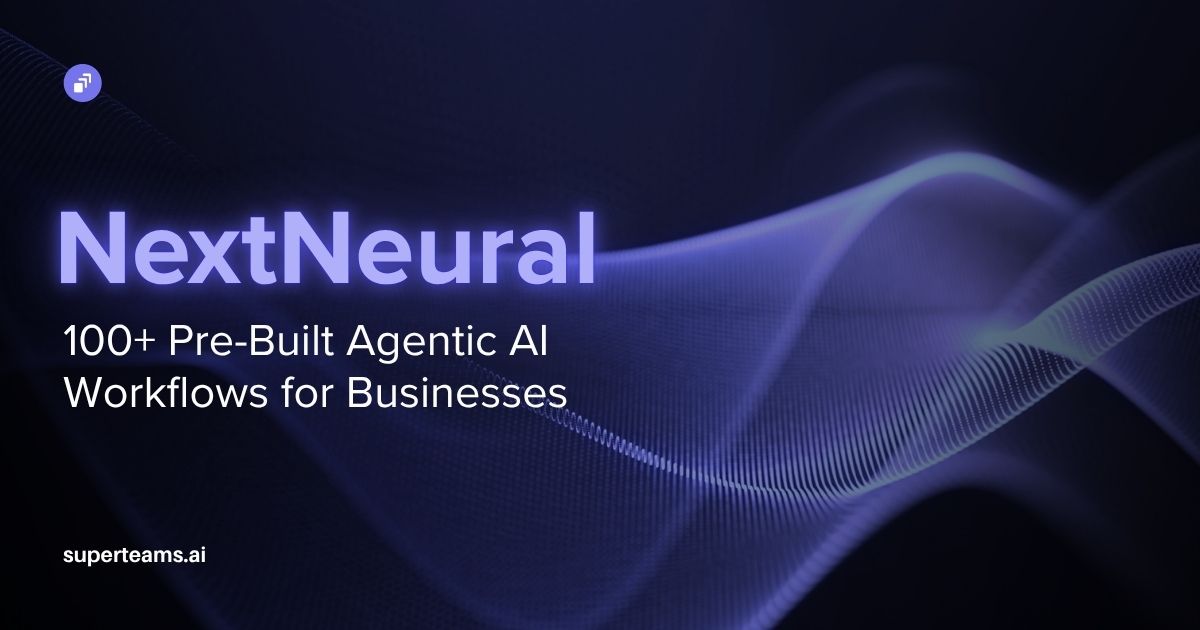OpenAI Unveils GPT-4 Turbo: What It Means For Media and Content Professionals
OpenAI's GPT-4 Turbo is a major upgrade with enhanced conversation tracking, up-to-date information, image and speech capabilities, improved developer tools. Learn what it means for you.

OpenAI just rolled out GPT-4 Turbo at their ‘Dev Day’, and it's like they've put their AI on a supercharger. Everyone’s talking about it, and for a reason. In one fell swoop, they seem to have unlocked a ton of massive features and taken on entire industries, stuff that often takes years to get done. Whether you find AI valuable, or think of it as a threat, one thing is for sure: it is impossible to ignore. At Superteams, we track every development in the AI world
So, what's the big deal with GPT-4 Turbo? Why should you care? Let's break it down.
First up, this AI has got what we would like to call an "expanded cognitive horizon." Fancy? But here's what it means: GPT-4 Turbo can keep track of conversations that are as long as a "Lord of the Rings" marathon—about 300 pages worth of text. That's 16 times more than the old model. So, you can chat away, and it won't forget what you said an hour ago. This wasn’t the case before. Until this update, you could be sharing a bunch of context to help your writing, and the model would forget. With the updated context window length, it actually becomes far more usable in realistic scenarios.
Furthermore, GPT-4 Turbo now is informed of stuff that's happened all the way up to April 2023. Until the announcement, GPT was stuck with knowledge until September 2021. That’s no longer the case. OpenAI has promised to keep feeding it new info, so it doesn't start rambling outdated news.
Also it's not just about words or language. GPT-4 Turbo can now look at pictures and understand them, and it can turn text into speech that sounds like it's coming from a real person, not a robot. This means that it can interpret images, and use the information gleaned from them to inform the text that it generates. Text to Image and Text to Audio models have also been seamlessly integrated.
The new version can now also read documents and files, and pull in info to make its answers even better. Imagine you're a journalist with a mountain of documents to go through. GPT-4 Turbo can whip up a summary like it's flipping through a magazine. This can be a massive time-saver. For the media folks, this is huge. You can dig through archives, databases, notes, interviews, and information to eventually create stories in your voice that are super detailed.
The above features will redefine journalism and media workflows entirely in the coming future.
For the developers working on media or content technologies, they have launched new control features. There's JSON Mode, which is like a translator that ensures the AI speaks fluent API, making developers' lives way easier. Plus, it's gotten way better at following complex instructions. Think of it like a super-smart assistant that doesn't just nod along but actually gets what you're saying.
For the developers out there, you can now tweak this AI with just a little bit of data to make it do exactly what you want. OpenAI is also offering to work one-on-one to create custom models for specific needs. This is groundbreaking for a number of industries, and will potentially enable an ‘App Store’ of AI models.
GPT-4 Turbo is also way cheaper than the old models. They've slashed prices, making it easier for developers and others to jump on the AI train. And if you're already using GPT-4, they've doubled the amount of stuff you can do with it per minute.
In essence, OpenAI's GPT-4 Turbo is like the Swiss Army knife of AI in the current times. It's smarter, faster, and doesn't burn a hole in your pocket. In the grand scheme of things, we're looking at a future where AI is more than just a tool; it's a partner that's going to help us do some pretty amazing stuff. It's all about making tech more personal, more intuitive, and more empowering. Potentially.


